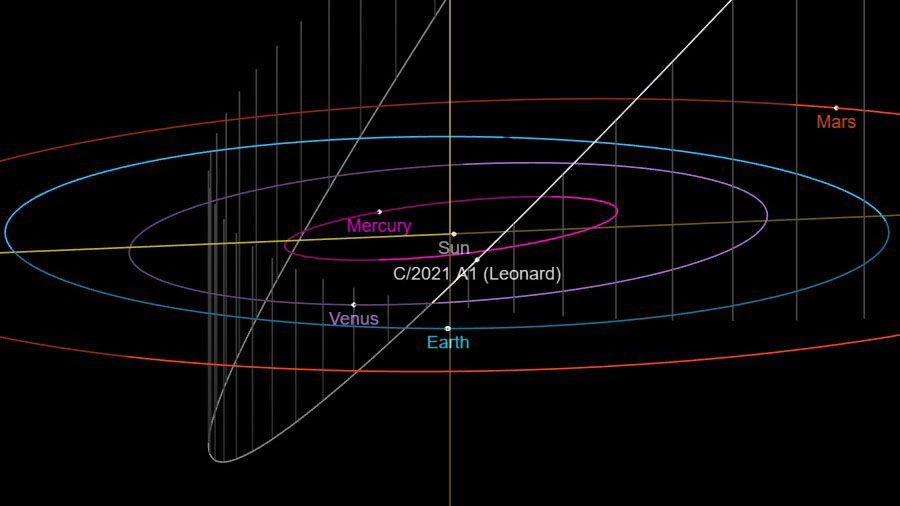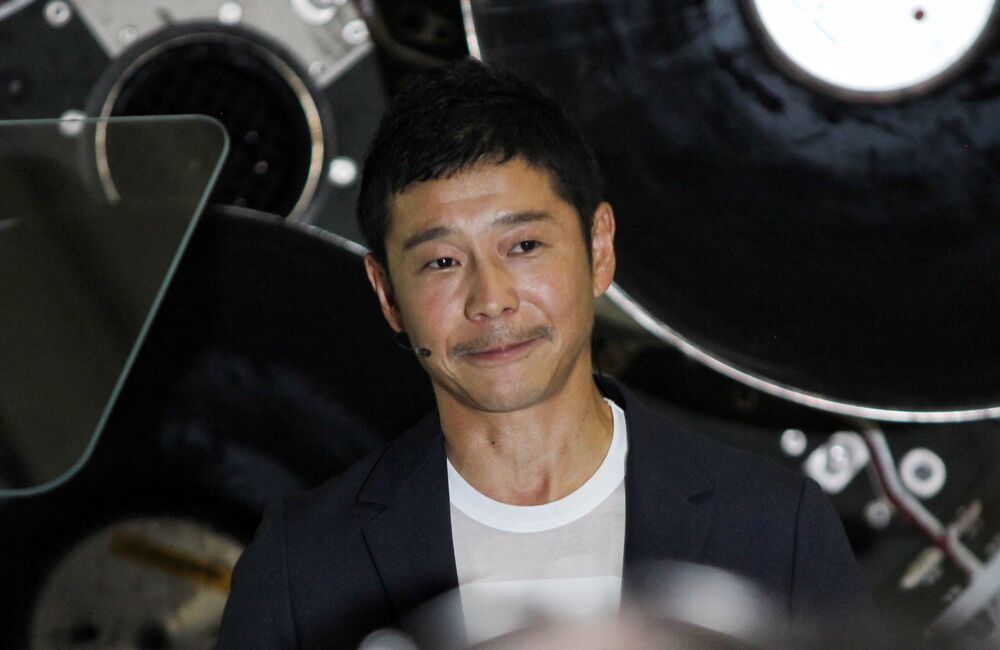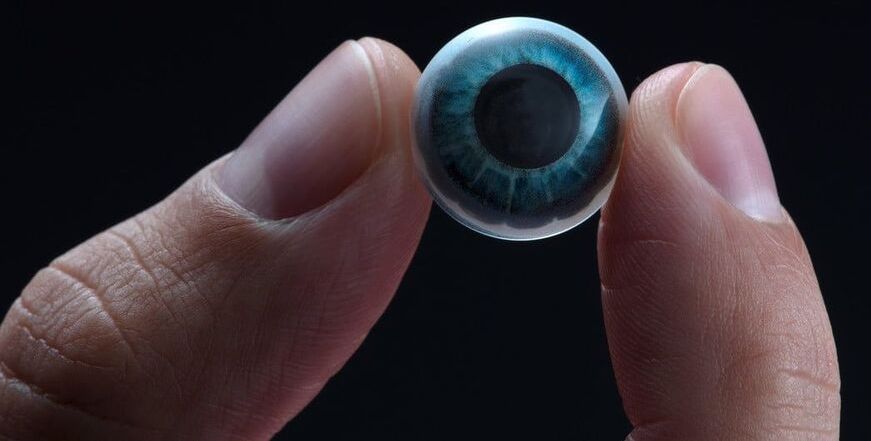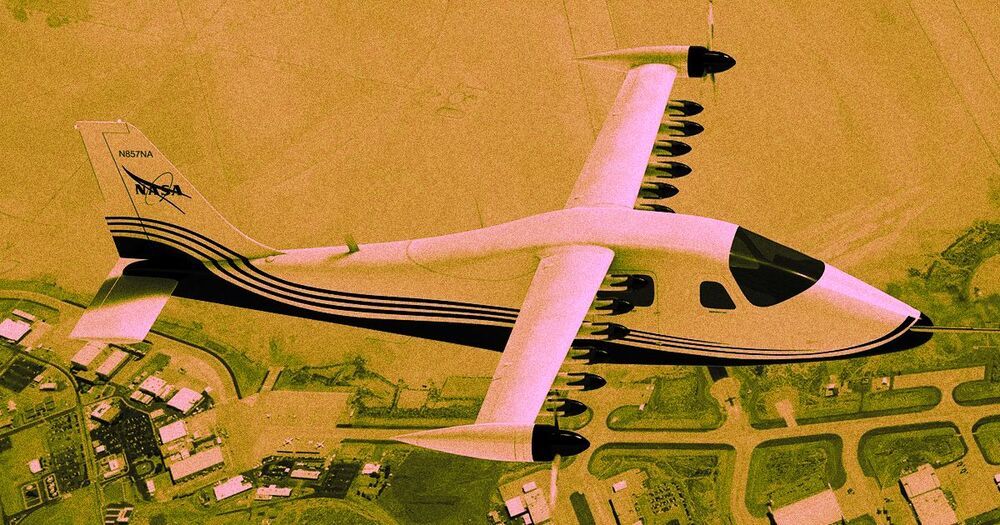The comet was discovered in January and may be bright enough to see without a telescope.





The device is more reliable for the diagnosis of tuberculosis than conventional methods for the detection of this disease.
Investigadores de la UNAM desarrollaron un inmunosensor interferométrico, dispositivo más confiable para el diagnóstico de la tuberculosis que los métodos convencionales para la detección de esta enfermedad.


Researchers to develop automated tools that aid analysts as they tackle the looming rise of automated multimodal media manipulation.
Today we announced the SemaFor research teams that are developing #AI tools to help detect & understand media manipulations @Kitware @LifeAtPurdue @SRI_Intl @UCBerkeley @Google @nvidia @AccentureFed @nyuniversity @LockheedMartin https://www.darpa.mil/news-events/2021-03-02
Today we announced the SemaFor research teams that are developing #AI tools to help detect & understand media manipulations @Kitware @LifeAtPurdue @SRI_Intl @UCBerkeley @Google @nvidia @AccentureFed @nyuniversity @LockheedMartin https://t.co/C0HWRSDVkF pic.twitter.com/yaVsjdQF76
— DARPA (@DARPA) March 2, 2021

Contracts have been awarded to @GeneralAtomics, @LockheedMartin, and @northropgrumman for the new LongShot project to develop an air-launched unmanned air vehicle that can employ multiple air-to-air weapons. https://ddmdraft.darpa.mil/news-events/2021-02-05b
Contracts have been awarded to @GeneralAtomics, @LockheedMartin, and @northropgrumman for the new LongShot project to develop an air-launched unmanned air vehicle that can employ multiple air-to-air weapons. https://t.co/VuICSbHCz0 pic.twitter.com/dUwlYC7aX0
— DARPA (@DARPA) February 8, 2021
The Wyss Institute’s eRapid electrochemical sensor technology now enables sensitive, specific and multiplexed detection of blood biomarkers at low cost with potential for many clinical applications.
The Wyss Institute for Biologically Inspired Engineering at Harvard University (http://wyss.harvard.edu) uses Nature’s design principles to develop bioinspired materials and devices that will transform medicine and create a more sustainable world. Wyss researchers are developing innovative new engineering solutions for healthcare, energy, architecture, robotics, and manufacturing that are translated into commercial products and therapies through collaborations with clinical investigators, corporate alliances, and formation of new startups. The Wyss Institute creates transformative technological breakthroughs by engaging in high risk research, and crosses disciplinary and institutional barriers, working as an alliance that includes Harvard’s Schools of Medicine, Engineering, Arts & Sciences and Design, and in partnership with Beth Israel Deaconess Medical Center, Brigham and Women’s Hospital, Boston Children’s Hospital, Dana–Farber Cancer Institute, Massachusetts General Hospital, the University of Massachusetts Medical School, Spaulding Rehabilitation Hospital, Boston University, Tufts University, Charité – Universitätsmedizin Berlin, University of Zurich and Massachusetts Institute of Technology.

In partnership with InQtel Emerge, DARPA is expanding its successful Embedded Entrepreneurship Initiative to aggressively accelerate 150 DARPA-backed technologies out of the lab and into products. https://www.darpa.mil/news-events/2021-02-23a
In partnership with InQtel Emerge, DARPA is expanding its successful Embedded Entrepreneurship Initiative to aggressively accelerate 150 DARPA-backed technologies out of the lab and into products. https://t.co/Okrfi1lM9W pic.twitter.com/zsmTiEmYXa
— DARPA (@DARPA) February 23, 2021